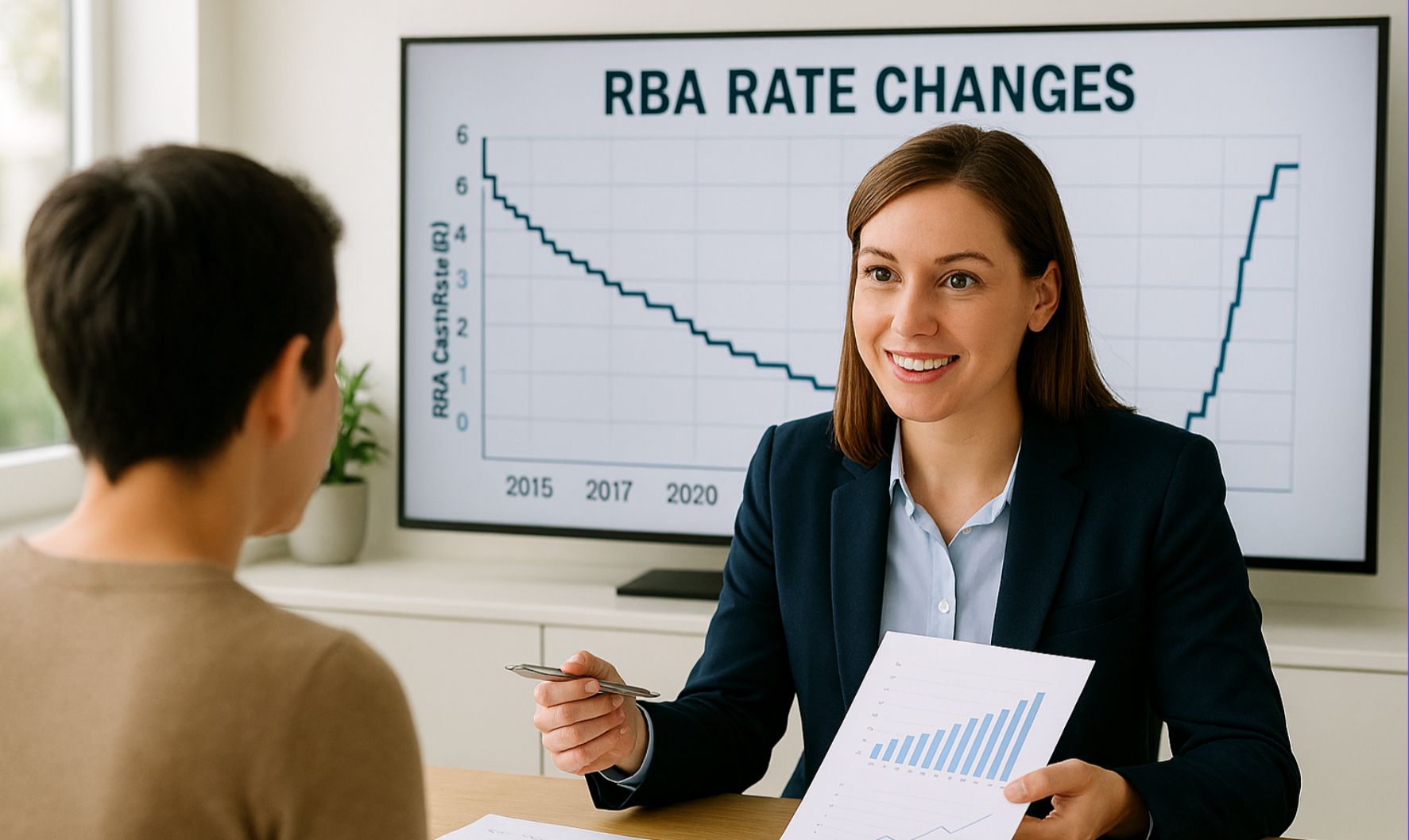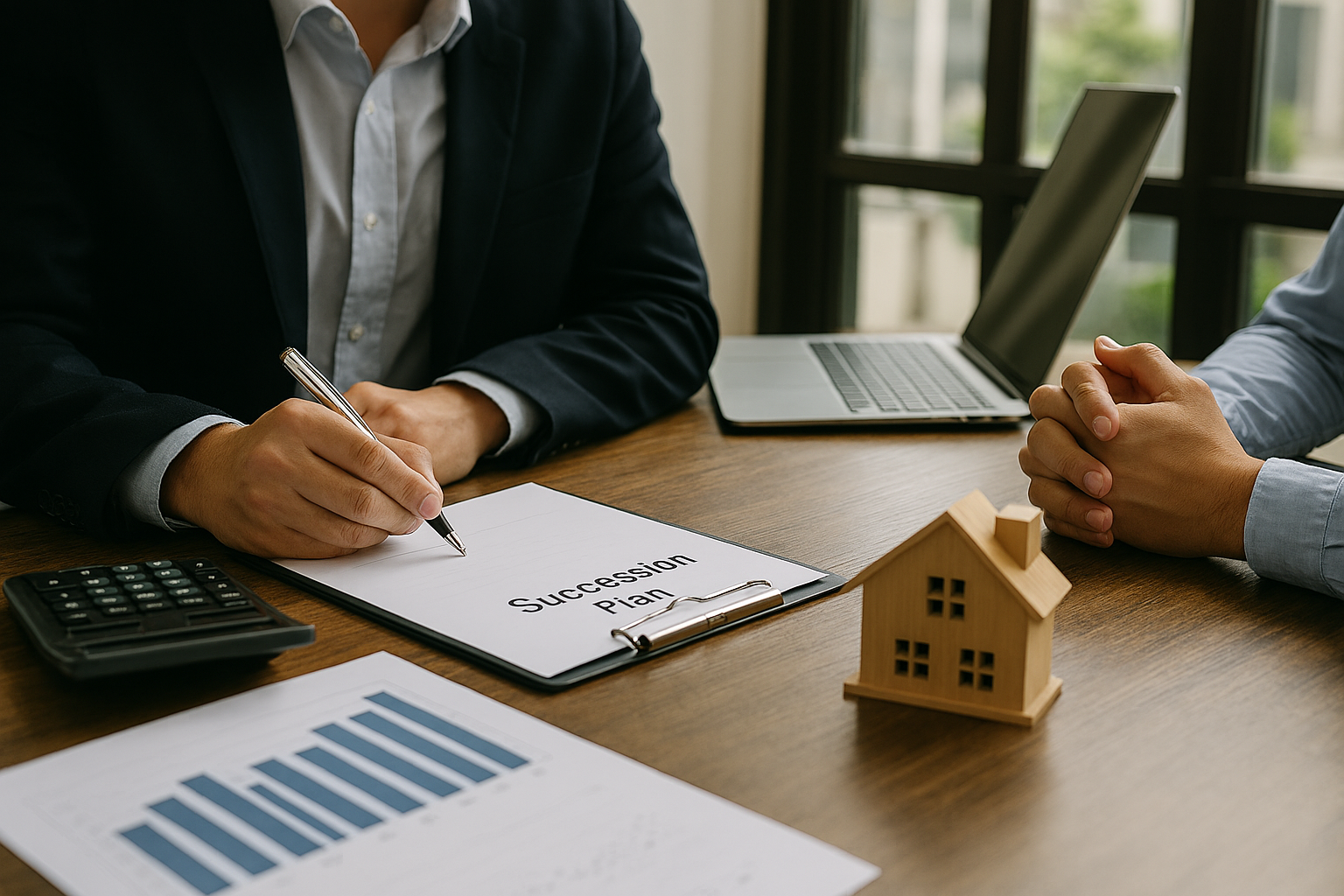Property Observer I Friday, 04 October 2013
We’ve been reading about it for the last few weeks, and some of us have been talking about it for years: The Property Bubble.
We asked some of the country’s top economists and commentators in the property space to share their thoughts exclusively with Property Observer.
They were each asked: Do you think there is a property bubble in Australia? Why/Why not?
Here, we share their responses to this question.
Shane Oliver – Head of investment strategy and chief economist, AMP Capital
NO BUBBLE YET, BUT RISKS HAVE INCREASED
What a difference a year makes! A year ago the big concern was that interest rate cuts won’t work to boost the economy with some predicting a house price crash. Now it’s the other extreme with worries of a bubble. To be sure the risks of the housing market becoming a bubble have increased: mortgage rates are around record lows, house prices are picking up and buyer confidence has returned.
However, just because house prices are rising at above average rates doesn’t mean it’s a bubble any more than the falling prices over the 2010 to 2012 period means a property crash. Some aspects of a bubble certainly exist, in particular Australian house price to rent and house price to income ratios are well above long term average and well above global average levels. But this has been the case for more than a decade.
Other aspects that would normally be expected in a bubble are not yet present: house prices have only just risen above 2010 levels and have only been rising for a year, whereas housing bubbles normally see years of gains; housing credit growth is still around record lows at 4.7% year on year whereas during the bubble years last decade it was in the double digits; and I don’t see the sort of speculative fever that normally goes with bubbles although we may be starting to get there given the media coverage.
Finally, rising unemployment will likely be a constraint.
So while the risks of the housing market becoming a bubble have increased I doubt we are there yet – one year of average home price gains of 5.5% certainly does not qualify – and there is a good chance we will avoid one in the year or so ahead. To be honest I rather hope we do, because bubbles bring the risk of official measures to pop them and by definition run the risk of ending with a crash.
Steve Keen – Professor of economics and finance, University of Western Sydney
BUBBLE HAS BEEN HERE FOR A WHILE
Yes there’s a bubble–or rather that the bubble that began to burst back in 2012 has been given a new lease of life by falling mortgage rates, and the rise of two new classes of buyers, both of which should have been limited by public policy but have instead been promoted by it: wealthy Chinese buyers hedging their political and environmental bets by buying property on Australia, and self-managed superannuation funds who are now allowed to call a levered bet on property an investment.
No sane country allows 50% of its new properties to be bought by non-residents: the rational limit applied by many European countries is 10%. Our policy is doubly insane given our geographic location and size, since there are certainly more Chinese millionaires than there are Australians.
And superannuation funds should be allowed to buy properties for the income stream, but with no leverage. The leverage and seeking capital gain turns this from an investment to a speculation, and the leverage itself drives up the prices and causes the desired capital gain.
These two additional forces drive out first home buyers, making for disastrous social policy. But it seems appeasing baby boomers with ever rising house prices matters more to both parties than affordable housing.
The flies in the ointment for this bubble are (1) that Australians haven’t deleveraged after the GFC, as Americans did. US mortgage debt has fallen from 86% of GDP to 68%, we have flatlined at about 88%. So any interest rate rise–and I think the RBA will be forced into them soon given this bubble (that they could have prevented with LVR controls as in New Zealand)–will crucify demand from upgrades and even investors; and (2) that the buyers are far more investors now than upgraders. They are utterly dependent on Chinese and superannuation demand to make a profit, because they can’t all get rich selling second hand houses to each other.
So I stick with seeing this as a suckers rally, but one aided and abetted by a compromised political class.
Tim Lawless – National research director, RP Data
NO BUBBLE YET, BUT WE NEED TO TALK ABOUT IT
The first thing to point out is no I don’t think there is a property bubble but the debate it worth having. We’ve seen values up by 3.7% over the quarter and since it bottomed out last year, it’s great to see a growth cycle and at the beginning of a cycle you see strong rates of growth. But these rates of growth are not as strong as we have seen in previous cycle starts. In saying that, I think the debate is more focused on two key markets – Sydney and Melbourne, which is dragging the capital cities up.
Our index is a weighted index and so these cities have heavier weighting as they have more stock. Brisbane was actually down in September and over the past decade; values have only risen in Brisbane by 4% per annum.
Look back to 2007 and Brisbane arguably overshot the mark, which is why it’s largely subdued now as it’s feeling the pain from a strong run of growth in 2007.
As capital gains outpace rental growth the impact on yields naturally dampens investor exuberance.
Melbourne yields on a house are 3.5%. As yields become eroded and there’s more speculation about these markets overheating, we’ll see investors move to other markets. Brisbane is the obvious candidate as dwelling values are substantially lower, yields are much higher and the fundamentals are relatively strong. I think Brisbane will be a natural flow-on point.
Perth and Darwin have been standouts until six months ago, and now they’re hitting the breaks. It’s explainable by the slowdown of the mining sector and some of the slowdowns and cancellations of projects we’re seeing. It stands to reason that as labour markets slow so does the housing market, as the two are intertwined.
Generally when you talk about a bubble you’re talking about a strong unsustainable ramp up that will be followed by a correction. Over the past quarter the growth rate is high and warrants this sort of discussion. They should be watched with scrutiny if we see the growth continue into 2014, but I don’t think we’re in a bubble yet. However, this conversation is healthy to have.
Even though the Reserve Bank and APRA haven’t been overt in their actions I think it’s guaranteed their over the table discussions would be deliberate with the financial sector to ensure lending standards are maintained.
Saul Eslake – Chief economist Australia and New Zealand, Bank of America Merrill Lynch
NO BUBBLE YET, PUT POTENTIAL RISKS
At this stage I don’t think it is accurate to characterise Australia’s property market as a ‘bubble’. It’s certainly true that Australian property prices have begun to rise again, spurred by very low interest rates and by the interaction between strong growth in ‘underlying’ demand and unresponsive supply. And it’s also true that the current rise is occurring from a very high base, both by historical and by international standards. So far, however, the current upswing in property prices doesn’t seem to be being driven by rapid growth in debt, which is another key hallmark of a ‘bubble’.
After rising very rapidly between 1992 and 2005, household debt has been fairly stable as a proportion of household disposable income since 2006. And over the past year, during which property prices have risen by an average of 5.3%, the total stock of housing debt outstanding has risen by only 4.7%, close to historical lows.
However, if interest rates remain at very low levels for an extended period (or fall further), it is quite conceivable that the Australian property market could take on ‘bubble’-like characteristics, with people borrowing in order to buy property purely in expectation of reaping capital gains.
One worrying feature of the current upturn in the property market is that it is being driven to a greater than usual extent by investors, who, to a much greater extent than owner-occupiers, typically buy established properties rather than new ones. If that remains the case as the upturn continues, it will do more to boost prices and less to induce new construction than either the Reserve Bank wants, or the country needs – increasing the chance of an abrupt correction when interest rates start rising again – which they will do sooner rather than later if property prices and mortgage debt start to rise at rapid rates.
Ideally, the federal government would reform the taxation system so as to reduce the extent to which it inflates speculative demand for housing, while state and local governments would reform their tax systems and their planning policies so as to make it easier to boost the supply of housing. But history argues against expecting much on either score.
Louis Christopher – Owner, SQM Research
NO BUBBLE, RECOVERY SET TO ACCELERATE
Typically, a bubble is characterised by explosive rises in prices (typically double digit annualised price rises) which occurs across the most of the sector or economy. At this point in time national house prices are only recording modest to moderate capital growth rates (at about 6% annualised) with one city (Canberra) actually recording price falls. There are only two cities recording above average price growth, that being Sydney and Perth.
To call it a national housing bubble, we would need to at least see Melbourne and Brisbane also record double digit capital growth. That just simply isn’t happening right now and is not likely to happen given those market are currently well supplied.
However, we do envision a situation that dwelling price growth rates will accelerate to a point later next year, where it may become a little uncomfortable for the RBA and, at that point, they may wish to tap on the brakes and lift interest rates to slow the pace down a little. That maybe a difficult proposition for the bank, especially if the economy itself is recording below average GDP growth rates and especially if most of the national lift in dwelling prices is really just coming from a heated Sydney market. But even if that is the case, it still may not be classified as a ‘bubble’. But rather a very manageable situation that can be nipped with just a tap of the interest rate brakes.
So, is the Sydney market in a bubble? Sydney itself was actually overdue for a large lift in prices. The local market has largely underperformed compared to other capital cities over the past 10 years in what was really a consolidation period from a rather frothy market back in 2003; a point in time when the Sydney market was indeed extremely overvalued.
In terms of the valuation metrics we consider, even with the price rises we have had to date and SQM’s rather bullish forecast for next year taken into account, Sydney would still not be at those hefty highs recorded ten years ago. There are also some firm fundamentals driving the market; namely being a genuine shortage of accommodation, an improving state economy which has kept unemployment below the national average; a strong population growth rate. That is not to say the market won’t get into overvalued territory in this cycle; it will. But just not right now.
So, in our firm conviction there is no property bubble at present in the Australian housing market. End of story. Before blindly following those who make such warnings, perhaps do some research on their previous calls. I can tell you now; it’s not a pretty picture.
If there was a current property bubble right now, you would hear it from us first. Our track record speaks for itself. We are on public record as forecasting the downturn of 2010 to 2012. And we are on public record for predicting the recovery of 2013. And now in recent weeks have been on public record as being picking that this recovery will accelerate into 2014. We are the only analysts out there with this type of record and it is done without a conflict of interest or deliberate hysteria.
Andrew Wilson – Senior economist, Australian Property Monitors
NO BUBBLE AND NO CRAZY BOOM
So here we go again. The housing market bubble bandwagon is up and running – but this time it’s a crazy boom not a scary bust that is being predicted by some for the Sydney housing market next year.
The reality more likely is that the Sydney housing market is about as close to a boom next year as it was to the bust that was widely predicted for last year.
Low interest rates, rising confidence and a surge in investor activity are the current drivers of the Sydney housing market together with a solid performance by the local economy.
But the underlying drivers remain problematic for sustained high levels of house price growth next year. Sydney’s unemployment rate is now rising towards 6% and predicted to continue to rise. Wages and profit growth remain subdued in a low inflation economy with a stagnant stockmarket continuing to constrain growth in the prestige market. The prospect of sharply falling rental yields will also prove a disincentive for new investors.
Prices growth in Sydney is likely to peak over the next six months with continued solid growth dependant on a sustained revival in the economy and unemployment falling to or below 5%.
For the record, Sydney’s highest annual house price growth over the past 20 years was in 2002 at 22.2%. Next best was 2001 at 17.4%.
If, as has been heroically suggested by some, Sydney house prices were to rise by 20% next year that would bring the median price to nearly $900,000. Enough said.
Harley Dale – Chief economist, Housing Institute of Australia
NO HOUSING BUBBLE, WE’RE IN A RECOVERY
Australia does not have a housing bubble, but rather a recovery in some dwelling price markets. Nationally, dwelling prices are no higher in real terms than back in late 2007. Dwelling prices are still declining in three capital city markets and in non-metro Australia, and are barely growing faster than the rate of inflation in a further two cities.
Not quite ‘speculative fervour’! Australia does not have high levels of new home building – we are constructing fewer homes than a decade ago. We do not have an extremely high level of transactions occurring as investment properties change hands in rapid fashion – transactions volumes are recovering but are still below historical averages.
Median dwelling prices are growing strongly in Sydney, Perth, and to a lesser extent Melbourne. Sydney is receiving much attention, but prices there were the worst performing of any capital city market over a decade. A ‘first stage’ recovery in new home construction is underway in both Sydney and Perth and it is crucial that further growth occurs in 2014 and 2015.
A sustainable lift in the supply of new dwellings and how that can be assured is where the focus needs to reside, not a preoccupation with a fictitious bubble. The latter focus harms the prospects of a sustainable, broad-based new home building recovery emerging at the very time when that is one of the key outcomes the Australian economy requires.
{rokcomments}







